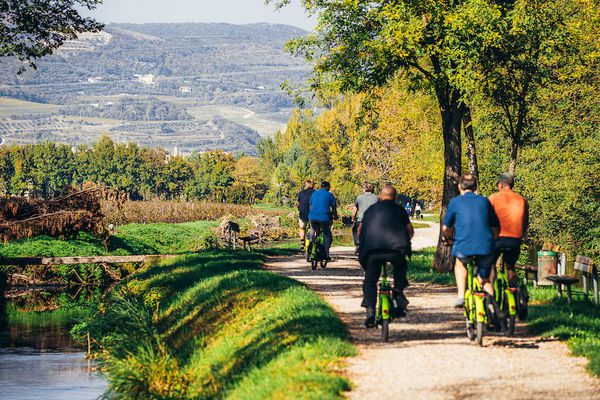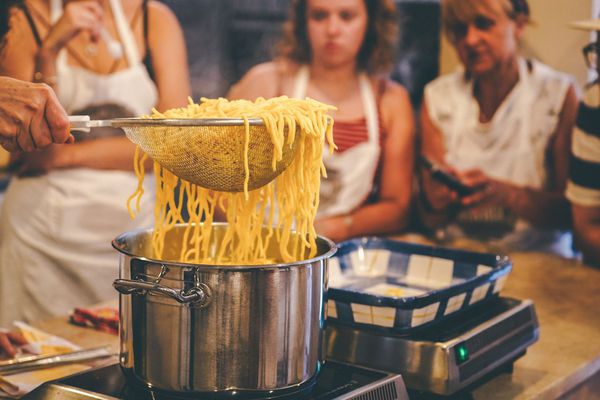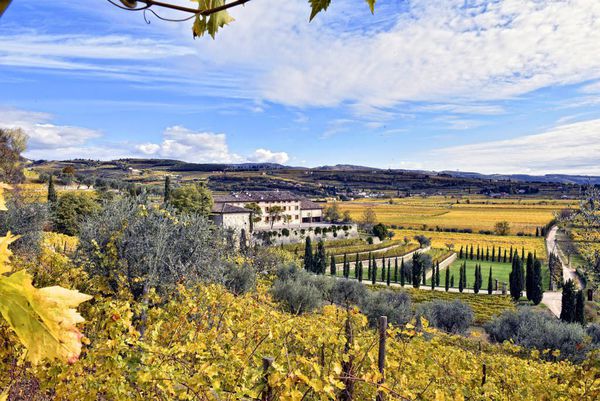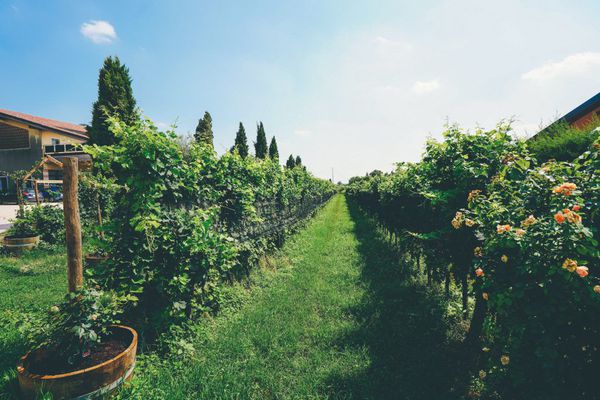
Veneto
wine tasting tours and winery visits



Best wine tours in Veneto
Why Visit Veneto?
Visiting Veneto presents a host of opportunities for wine tours! The Veneto is the most prolific winemaking region in Italy, famous for a whole host of prestigious wines from Valpolicella and Amarone red wines and the delicate whites of Soave to global sparkling wine sensation Prosecco, alongside huge quantities of easy-drinking Pinot Grigio. In this region alone, there are an amazing 28 DOC areas and 14 DOCG areas (DOCG is the very highest classification of quality given to wine region in Italy).
Most wine areas are easily reached on a day trip from Venice, Verona or Padova - one of the best ways to experience the incredibly diverse wines of the region is to hire a car or take a tour for a few days to meander through the wonderful countryside. Don't miss the chance to take a diversion down the Prosecco road, the very first wine road in Italy. Created in 1969, the route is situated north of Venice, in between the two towns of Conegliano and Valdobbiadene - the Conegliano Valdobbiadene DOCG region produces the best Prosecco in all of Italy, and the dramatic hills of the Cartizze and Rive areas in the foothills of the Dolomites are a wonderful sight to behold. Not far from Valdobbiadene are the gentle Asolo hills, where you can find the Asolo DOCG Prosecco. The town of Asolo itself is a pretty, romantic destination which inspired poet Robert Browning to compose a collection of poems entitled 'Asolando'.
Next, head west in search of Valpolicella. Wine here has been produced as far back as Roman times and it was the Romans who gave this place its name, which means 'the valley of many cellars'. The valley in question is home to five pretty little towns (Fumane, San Pietro in Cariano, Sant'Ambrogio Della Valpolicella, Mariano della Valpolicella and Negrar) west of Verona where the high-quality Valpolicella Classico DOC is produced. Look out also for Amarone and Recioto, styles distinctive to the region made in fascinating ways - it is well worth a visit to a winery with a tour and tasting to see fascinating processes such as the Ripasso method in action.
Once you've had your fill of reds and sparkling wines, don't miss the Soave area, east of Verona. The beautiful Soave castle built in 1300, is a must-see - the ancient medieval hilltop fortress with its huge walls dominates the the town of Soave, and it's well worth a visit to discover the amazing history of the castle and the refreshing white wines made here.
Once you've discovered all the vinous delights of the Veneto, there is still plenty left to do. Don't forget to visit the Dolomites, the beautiful mountain range just a couple of hours from Venice or Verona. They are a UNESCO Natural Site due to their ancient beauty and breath-taking views - the most renowned town is Cortina d'Ampezzo, which provides a tranquil base from which to go skiing in winter or hiking in summer. Also don't miss the famous Palladian villas, with their wonderful unique architecture which has seen them designated as a UNESCO World Heritage Site (Italy is full of them!) The villas are scattered all over Veneto but most of them are found in the two provinces of Treviso and Verona. Finally, Lake Garda is a great base for exploring the wine regions of the Veneto, as well as rest and relaxation in beautiful accommodation next to the soothing water - why not end your trip to the Veneto with a few days staying, sailing and sunbathing on the shores of this most famous of lakes.




